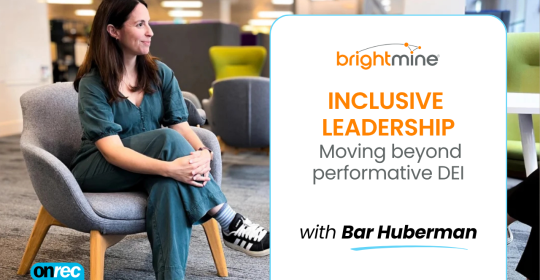We recently looked at how the construction industry is adapting to change, with output rising despite a fall in overall workforce numbers for the first time in three years. Taking these observations a step further, we decided to take a straw poll of sector stakeholders to gain a deeper understanding of current attitudes and trends; while also polling protagonists from the industrial and engineering sectors in order to give some wider context around current recruitment trends.
The two main questions we put to respondents, to both recruitment agencies and their clients, were how they interacted with each other and how they sent and received job requests.
As far as the agency-client business model is concerned, overall 47% of respondents said they adopted the direct hire methodology (with a single preferred supplier), 40% used a neutral vendor approach and 13% had a managed service provider (MSP) arrangement in place.
However, perhaps most surprisingly, given all the advances in technology we’ve witnessed in recent times – not just in society, but innovation with the recruitment process too – most of our poll respondents were still choosing to adopt an old-school approach in how they choose to send and receive requests. Picking up the phone was the preferred approach of both end clients (49%) and recruitment agencies (48%), with email the second-best option (43% and 39% respectively). Just 7% of recruitment agencies cited software as their favoured method, with even fewer end clients (4%) agreeing.
We’ve previously looked at how AI could transform the way we work (and hire), but the same observations we made then hold true now, namely that technology can undoubtedly help support the recruitment industry but it doesn’t replace the need for effective communication and people still prefer to do this in person or over the phone when that’s not practical. Technology will never replace the human factor, however innovation certainly does complement the recruitment process, particularly when it comes to fulfilling more commoditised, volume based temporary workforce requirements. In many senses, it makes human interaction closer to the point of recruitment more efficient as technology provides convenience through savings in time and energy, faster candidate submission times - as candidates can apply for roles by smartphone; higher fill rates, more interviews and more successful placement of temporary workers. Ultimately, it is about speed and efficiency up to the point that human interaction is required.
So, what does this all mean? It means that technology should be viewed as an opportunity rather than a threat and that it should be harnessed as an effective tool within your wider arsenal, rather than your only weapon. Technology doesn’t replace the human factor associated with picking up the phone, rather it enables one to capture job requests that would otherwise be potentially missed, and it enhances candidate experience and loyalty.
Those who automate their recruitment workflow report significantly higher key business metrics including 93% savings in time and efficiency and 49% faster candidate submission times (according to a Bullhorn & Career Builder survey). This means that more time is left to perform other business-critical tasks like picking up the phone to stellar candidates or to a company in need of temporary staffing support and using your expertise to ensure the request is resolved. Ultimately, technology is a great leveller in construction sector recruitment, as it enables agencies and companies of all sizes to compete in the jobs market. It also has the potential to lead to more productive conversations, facilitated by introductions made by the use of technology.
www.pixid.co.uk
Photo by ROOM on Unsplash - https://unsplash.com/photos/7n8UzfK4B9M






